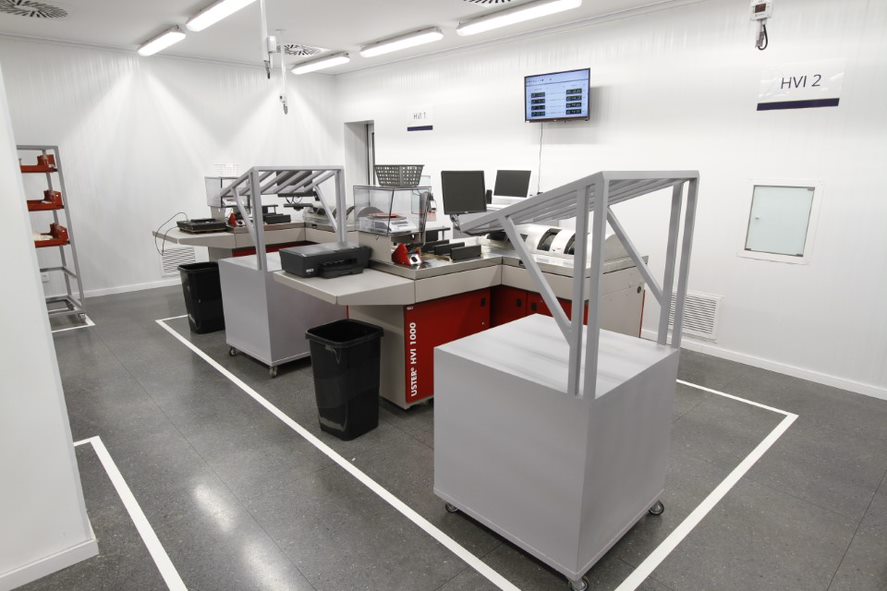Central laboratory ensures credibility to Brazilian cotton quality testing
Brazilian cotton |
The credibility of Brazilian cotton is as important as its quality, as the sector sets out to conquer new markets and increasingly value locally produced lint. Standardizing classification tests is a key element in this process. It was with this goal in mind that the Brazilian Cotton Growers Association of Cotton (Abrapa) created the Standard Brazil HVI (SBRHVI) program, whose main pillar is a modern, well-equipped central laboratory located in Brasilia – the Brazilian Reference Center for Cotton Testing (CBRA).
Under Abrapa’s responsibility, the CBRA verifies and standardizes Brazilian cotton testing processes, which are made by high-volume instruments of the HVI type in 11 accredited laboratories. The international classification standard by high volume instruments, which commercially accepted worldwide, was adopted by the country in 2002.
“There were lots of discrepancies in the results. We needed to create a central laboratory capable of monitoring other Brazilian labs, to ensure the tests could be replicated and convey credibility to the market,” says Edson Mizoguchi, manager of the SBRHVI program.
In order to get the initiative going, Abrapa relied on the international consultancy of Axel Drieling, from the Global Cotton Testing and Research Center (ICA Bremen). The center is a world renowned institution that gathers the Faserinstitut Bremen, the Bremen Fibre Institute (FIBRE), and the Bremer Baumwollboerse (BBB). “In Brazil, there are several independent laboratories dedicated to testing domestic cotton production. The important role of the central laboratory is to make sure that they all achieve the same results for the same cotton,” says Drieling.
The CBRA is responsible for monitoring the accredited units and for making recommendations for improvements; preparing and providing the necessary samples for daily checks of the testing equipment; and retesting samples from growers, among other activities. Developed under the requirements of good cotton testing practices, the central laboratory has about 390 square meters, rooms with thermal insulation walls, climate control systems with sensors that monitor temperature and humidity per minute, in addition to a power generator. It also features two HVI-type high volume instrument testing machines, with double color heads that ensure greater reliability in color and trash readings. Each machine has compressors, stabilizers and battery backups. The equipment is calibrated with cotton supplied by the USDA and goes through maintenance procedures before the beginning of each harvest season.
“The CBRA is the central element that links all the laboratories and ensures a consistent assessment of the quality of Brazilian cotton. To that end, cooperation with all the laboratories and a continuous engagement in international harmonization activities are fundamental”, stresses Axel Drieling.
The central laboratory’s work is structured around four main activities: the CBRA Check Sample Program, the Retest Program, the Brazilian In-house Verification Cotton Program, and the Brazilian Round Trials. “All programs seek to constantly monitor the high-volume machines, as they perform more than a thousand tests per work shift. We are talking about 14 million tests distributed across 11 laboratories,” says Mizoguchi.

Check Sample Program
In order for all high-volume testing machines to operate within the same parameters, the CBRA prepares samples following international standards and sends them to all participating laboratories. Those reference samples, called Cotton Check Samples, are used for comparison at every 200 commercial samples that are tested. The results are made available, anonymously, to the central laboratory, which consolidates the data and offers guidance for improved testing procedures.
“The check sample program is key for the quality management of our results,” says Renato Marinho de Souza, coordinator of Kuhlmann’s HVI laboratories. Every day, Kuhlmann’s four HVI laboratories test up to 50 thousand cotton samples. Volumes may reach 7.3 million per crop. “Today, we have a reliable benchmark; our teams are able to monitor and identify deviations that would otherwise have brought impacts to our customers,” says Souza. According to him, several customers even ask to have access to the machines’ reliability chart.

In-house Verification Cotton Program
Within the same standards of the check sample program, the CBRA provides samples for the laboratory network to use in their in-house verification procedures. The material is used whenever necessary to check the operating conditions of the HVI-type machines. If any deviation is identified, the machine is stopped and calibrated against USDA standard cotton, which is imported from the United States.
This way, laboratories manage to maintain their equipment constantly calibrated within the acceptable parameters for micronaire, UHML length, uniformity, strength, reflectance and yellowness. “Besides optimizing the costs of imported materials to calibrate the equipment, Brazilian in-house verification cotton provides yet another device to control laboratory quality and assurance,” says Cleciano Silva Moreira, manager of Cooperfibra’s Cotton Testing and Classification Laboratory.
The importance of having prompt identification of deviations, with the equipment in full operation, is stressed by Sérgio Brentano, laboratory manager of the Bahia Cotton Growers Association (Abapa): “We are able to address deviations immediately, without compromising the credibility of the results and improving the reliability of the laboratory,” he says. “This level of transparency, reliability, and credibility shown by the lab contributes positively to the strengthening of the productive sector, making us increasingly more competitive in world markets,” he concludes.
According to Edson Mizoguchi, the program shows that participating labs are advancing. In the 2016/17 crop, out of every 100 tests, 91 fell within the acceptable compliance range. Today, the average rate is 96 for every 100.

Retest Program
The CBRA randomly retests the cotton samples tested by the laboratory network. This step, conducted in two HVI machines at the central laboratory, looks at micronaire, length, strength, and uniformity. Besides ensuring the reliability of the tests, retesting is an important tool for improving the overall quality of the process.
The lack of standardization in the size of the samples sent by growers, however, remains a challenge for laboratories and for the CBRA. To solve the issue, starting last year the Minas Cotton laboratory, run by the Minas Gerais Cotton Growers Association (Amipa), has been working with ginning plants to adjust sample size. “We manufacture templates following IN 24 / 2016 MAPA specifications and donate them to gins,” says Anicézio Resende, laboratory manager of Amipa.
As per the standard, each sample should be at least 14cm wide, 24cm long, 13cm thick, and weigh about150g. “With these specifications, we can guarantee that the samples will cover the entire reading area of the color module, lending even more precision to the results and improving the credibility of the tests run by the laboratories,” says Resende.
Brazilian Round Trials
Both the CBRA and the laboratories participating in the Standard Brazil SBRHVI program are part of the so-called Brazilian round trials program, which entails two rounds of tests, per crop year, to monitor the HVI testing equipment. The program also includes the participation of the Faserinstitut Bremen and Senai Blumenau laboratories.
Rhudson Santo Assolari Martins, Cotton Testing Lab Manager for the Goiás Cotton Growers Association (Agopa), says that the initiative was implemented with the purpose of increasing the reliability of the laboratories, through the evaluation of the accuracy of the results of each one. “This brings us credibility and can even be used as a tool to confirm the results, in case there is any dispute”.
Besides the national round trials, all laboratories, including the CBRA, participate in the international round trials organized by the CSITC – ICAC Task Force for Commercial Standardization of Instrument Testing of Cotton. “From these participations and guidelines, we can guarantee traceability, reliability, and credibility in cotton testing to our customers “, says Anicézio Resende.

Certifications
Aiming to certify the technical competence of and give visibility to the Brazilian Reference Center for Cotton Testing (CBRA), Abrapa sought ICA Bremen certification. After a long and rigorous process involving audits and participation in four international round trials, the CBRA joined the select list of 11 ICA Bremen-certified laboratories in 2018.
“As the central laboratory is responsible for looking after the reliability of test results for all Brazilian cotton production, it is important to ensure and prove that the CBRA itself meets the highest quality standards,” explains Axel Drieling. “With the ICA Bremen Certification, which is recognized in the global cotton market, the CBRA has been maintaining a high standard of excellence and achieving global recognition in terms of credibility and competence”, he adds.
In 2020, Inmetro’s General Accreditation Coordination granted the CBRA an accreditation based on NBR ISO/IEC 17025 for test results on length, uniformity, strength, micronaire, reflectance, and yellowness. “We are now comparable to the best laboratories in the world, with international traceability”, says Abrapa’s president, Júlio Cézar Busato.






